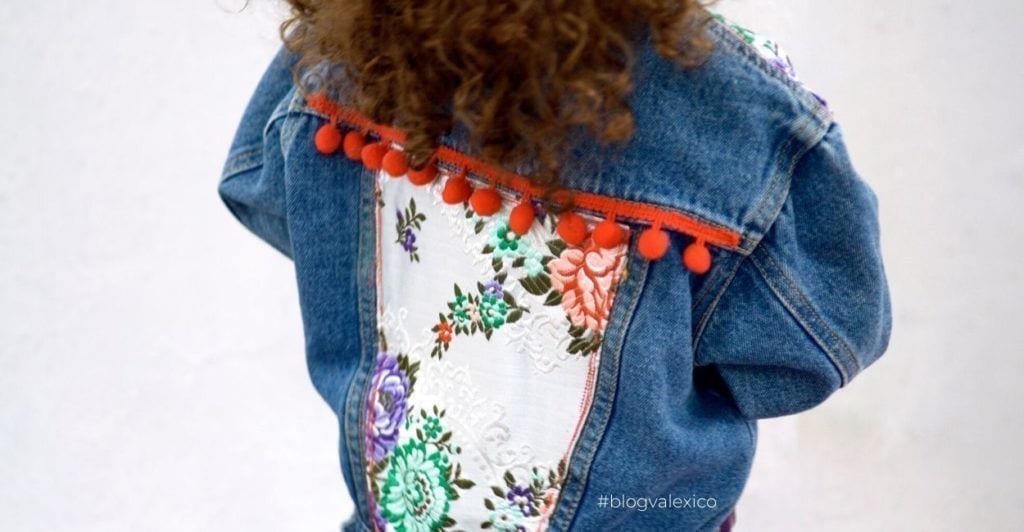
The streets already smell like fireworks and are livened up by the music of the bands in different parts of the city. It’s time that both Valencians and Valencian adoptees can say Ja estem en Falles! As soon as March arrives, we only think about firecrackers to celebrate the biggest party in Valencia, named intangible cultural heritage of humanity by UNESCO in 2016.
The Town Hall is ready to receive first-time and regular spectators every day at 14:00 to celebrate the mascletá; more tourists are seen in the streets and there is a party mood that is somewhat difficult to describe. This is my third year living Las Fallas and although, I must confess, that it can be a bit overwhelming to think about all the events scheduled, there is still in me that emotion of listening and feeling the vibrations of the first mascletá; of seeing the big and small fallas and of walking around the city in a unique party atmosphere.
Part of the charm of living Las Fallas is to see the parades and processions with the falleras and falleros wearing the typical Valencian clothing for the occasion. The dresses, the peinetas, the shoes and (above all) the hairstyles, are worthy of admiration. The fallera fabric is mesmerizing; silks with floral patterns so bright that you can’t help but gaze at them. From the cridá, the mascletás, the offering to the Virgen de los Desamparados and even the cremá, they are all an opportunity to see the falleras and falleros proudly wearing traditional Valencian clothing.
What happens to the garments after Las Fallas?
After more than 19 days of events, it is time to hang up the dresses, take off the headpieces and start planning the next fallas. But what happens to the dresses and the Valencian clothes when Las Fallas are over? Many of them, especially those used by the Fallera Mayor and the courts of honour, are displayed in various exhibitions or placed in the showcases of the seamstresses and shops that dress the city. However, as with any custom-made garment, there will always be some pieces of fabric left; if they are not rescued by creative minds, like Blanca’s, they will most likely end up in the garbage.

Blanca, in case you don’t know her yet, is a free soul; an innate traveler who fuses cultures through her designs. Her travels through Mexico and Guatemala left her with a textile legacy that she has decided to share through her creations with a personal touch. As part of her project, Blanca uses remnants of traditional Mexican and Guatemalan textiles; as well as remnants of Valencian traditional clothing to give a second life to denim garments such as trousers, jackets and vests. She also makes bags with jeans that are beyond being used again. The fusion of cultures and materials is what makes Dalua’s garments shine on their own.
This season of Las Fallas, Blanca has met Falleras who have placed custom orders with their dress fabric; but you don’t have to be part of a Falla to wear Dalua Reluce’s sustainable fashion. Choose the garment you like best or customize your favorite jeans so that you live the 2020 Fallas like you’ve never lived them before, in a sustainable way!



